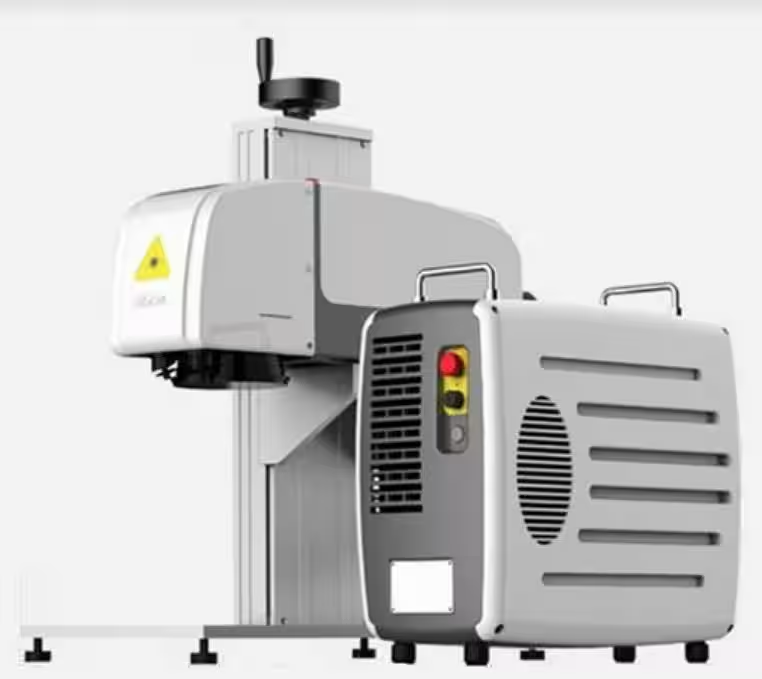

The Intersection of Manufacturing and Renewable Energy: A Conversation Between Satuki Kakou and Japan Energy Organization
The Intersection of Manufacturing and Renewable Energy
In a recent discussion between Satuki Kakou, a leader in laser marking technology, and the Japan Energy Organization, which focuses on promoting renewable energy, the topic of sustainable manufacturing was at the forefront. Both organizations share a vision of transforming society starting from their respective industries.
Innovative Laser Marking
Satuki Kakou specializes in advanced laser marking technology applicable to a broad range of materials including metals, plastics, wood, and ceramics. Utilizing fiber lasers, CO₂ lasers, UV lasers, and diode lasers, the company delivers high-precision marking even on materials previously deemed challenging.
The company was founded by CEO Yasuyuki Kimura after he recognized the growing demand for quality marking in manufacturing while working as a technician at Yokohama Systems, a manufacturer’s representative in Kanagawa Prefecture. “In an industry where both aesthetic quality and functional performance are crucial, the importance of marking technology has soared,” Kimura explains. This realization inspired him to establish Satuki Kakou.
To further differentiate products, the company utilizes 3D scanners to adapt laser marking to curved and cylindrical shapes, going beyond simple logo and number printing. They aim to enhance design quality, thereby improving product value.
Commitment to Sustainable Manufacturing
One of the standout characteristics of laser marking technology is its non-contact nature, which requires no ink or solvents, resulting in remarkably low environmental impact. Satuki Kakou employs this unique advantage to align its practices with the Sustainable Development Goals (SDGs). An example of this commitment was showcased at a local event in Sagamihara City where they crafted laser designs on cork, a biomass material, demonstrating eco-friendly manufacturing processes. The focus on environmental responsibility is evident in every stage from material selection to processing technology.
Japan Energy Organization's president, Katsumi Inokuma, resonates deeply with this ethos. The organization also emphasizes sustainability in their initiatives, such as the Power Purchase Agreement (PPA) model, where a third party bears the installation costs while companies only need to purchase electricity. “We need systems that allow businesses to seamlessly adopt renewable energy,” Inokuma states.
Structural Challenges in SDGs Adoption
However, the challenges for small and medium-sized manufacturing firms intending to engage with the SDGs are significant. Kimura cites the high financial barriers for equipment investment as a primary concern. Implementing advanced laser systems and specialized software requires substantial funds, yet the overall wage levels in manufacturing often don't support such forward-looking investments.
Additionally, technical hurdles exist in Japan, where household electrical outlets typically provide 100 volts, while industrial machines often require around 300 volts. Overcoming these challenges calls for collaborative efforts among government, industry groups, and financial institutions to create support systems and subsidy schemes that enable small enterprises to invest without undue burden.
Inokuma asserts, “If we don’t tackle structural challenges faced in the field, sustainable manufacturing will remain a mere pipe dream.”
Community Collaboration for a Brighter Future
Satuki Kakou maintains its relationship with Yokohama Systems, focusing on technology collaborations and client referrals to invigorate local industries. The company aims to uplift regional businesses through its cutting-edge laser marking techniques, while the Japan Energy Organization prioritizes partnerships with local factories and SMEs to extend support beyond mere electricity supply, aspiring to be a “partner in shaping the future.” They provide comprehensive solutions for stable power supply along with operational and maintenance support, thereby contributing to sustainable community development.
Both organizations discuss not only cost and technology factors but also share a unified vision of “growing together with the community.” The synergy between manufacturing and energy sectors presents the potential to create new regional value.
Conclusion: The Power to Change Society from the Ground Up
This dialogue brought to light the inherent potential of merging “beauty” and “sustainability” in manufacturing and how this can catalyze change at a societal level. Pursuing cutting-edge technologies while addressing environmental and social issues is no small feat. However, it is this very challenge that will drive the future of manufacturing.
This movement of innovation starting from the community is sure to ripple throughout society. Both organizations are committed to continuously creating new values through “manufacturing” and “energy” from their respective sectors.


Topics Consumer Products & Retail)










【About Using Articles】
You can freely use the title and article content by linking to the page where the article is posted.
※ Images cannot be used.
【About Links】
Links are free to use.